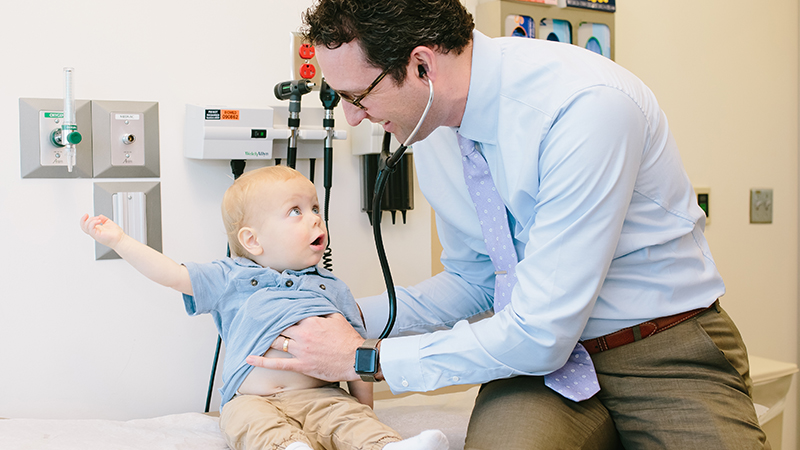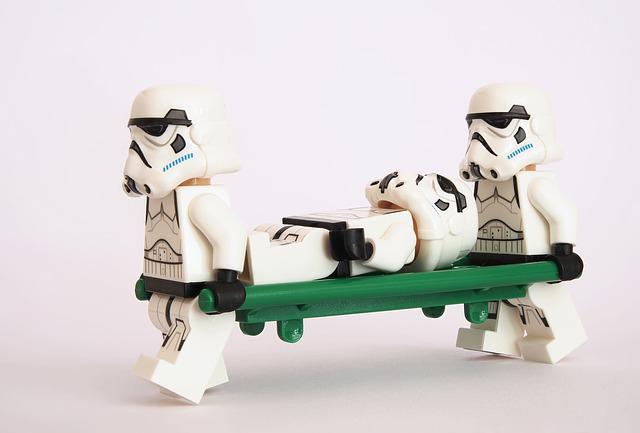
A malaria test involves the use of a blood smear. This is a simple blood test. A small amount of blood is put on a slide. The slide is then examined by a laboratory professional for parasites. Another type of test is the rapid diagnostic test, which looks for proteins that the parasites release. This test provides quicker results than a blood smear, but a blood smear is still necessary to confirm the diagnosis.
Blood smear test
The most reliable and easy way to diagnose malaria is with a blood smear test. This test takes less than one hour. It will reveal to doctors which species of Plasmodium is causing the infection as well as the number of parasites present. A blood smear can be used to determine if the patient has more severe malaria. This will require a different treatment from malaria caused by other species.

Rapid diagnostic test
A rapid diagnostic malaria test, which can be used to diagnose malaria in a matter of minutes, has been developed by Kenya Medical Research Institute. This is part of a global effort to improve health. The Kenya Medical Research Institute has developed this test, which is an affordable option to costly laboratory tests. The institute, which is a state corporation, is responsible for the advancement of human health research. It was established in 1980 and has become a leading global and regional institute for health research. The institute is committed to innovation and capacity building to achieve its mission of improving human health.
PCR test
Malaria and Covid-19, two parasites with many of the exact same symptoms, are both Malaria. This can result in a misdiagnosis, or even a false diagnosis. A PCR test can confirm the diagnosis.
OptiMAL-IT assay
The OptiMAL IT malaria test detects Plasmodium LDH. It has been validated against thin blood samples and microscopic examinations for thick blood samples. This test is a good alternative to microscopy for malaria diagnosis.
XW-P07 assay
The XW-P07 Malaria Assay is an immunoassay which detects two proteins (P. falciparum specific HRP2 & P. vivax specific pLDH) in five milliliters total blood. The test may reduce the number of blood donations that are rejected. The test is performed in a CLIA accredited laboratory.

BinaxNOW assay
The BinaxNOW malaria test detects antigens specific for the Plasmodium falciparum parasite in whole blood within 20 minutes. It also detects pan-Plasmodium's enzyme aldolase. The FDA approved this new test and it is meant to quickly diagnose malaria in humans. However, this test cannot replace microscopy to diagnose malaria.
FAQ
What are the differences between different types of health insurance
There are three main types of health insurance:
-
Private health insurance covers all costs related to your medical care. You pay monthly premiums for this type of insurance, which is usually purchased directly from private firms.
-
While public insurance covers the majority cost of medical care there are restrictions and limitations. Public insurance doesn't cover everything.
-
For future medical expenses, medical savings accounts are used. The funds are stored in a separate account. Most employers offer MSA plans. These accounts are exempt from tax and earn interest at rates comparable to savings accounts.
How can I get my free health insurance?
If you are eligible, you can apply for free insurance. You might be eligible for Medicaid, Medicare, CHIP, Children's Health Insurance Program (CHIP), Tricare, VA benefits, Federal Employee Health Benefits (FEHB), military health plans, Indian Health Service (IHS) benefits, or some other program.
What are the various health care services available?
A health care provider is a medical institution that offers healthcare services for patients. An example of a healthcare service is a hospital. It often includes multiple departments such as the emergency and intensive care units, pharmacy, outpatient clinics, and other healthcare facilities.
Statistics
- Healthcare Occupations PRINTER-FRIENDLY Employment in healthcare occupations is projected to grow 16 percent from 2020 to 2030, much faster than the average for all occupations, adding about 2.6 million new jobs. (bls.gov)
- For instance, Chinese hospital charges tend toward 50% for drugs, another major percentage for equipment, and a small percentage for healthcare professional fees. (en.wikipedia.org)
- Foreign investment in hospitals—up to 70% ownership- has been encouraged as an incentive for privatization. (en.wikipedia.org)
- For the most part, that's true—over 80 percent of patients are over the age of 65. (rasmussen.edu)
- Price Increases, Aging Push Sector To 20 Percent Of Economy". (en.wikipedia.org)
External Links
How To
What are the Four Health Systems?
The healthcare system is a complex network of organizations such as hospitals, clinics, pharmaceutical companies, insurance providers, government agencies, public health officials, and many others.
The overall goal of this project was to create an infographic for people who want to understand what makes up the US health care system.
These are the key points
-
Annual healthcare spending amounts to $2 trillion, or 17% of GDP. It's nearly twice the size as the entire defense budget.
-
Medical inflation reached 6.6% for 2015, more than any other category.
-
Americans spend 9% on average for their health expenses.
-
As of 2014, there were over 300 million uninsured Americans.
-
Although the Affordable Care Act (ACA), has been passed into law, it is not yet fully implemented. There are still major gaps in coverage.
-
A majority of Americans believe that there should be continued improvement to the ACA.
-
The US spends a lot more money on healthcare than any other countries in the world.
-
Affordable healthcare for all Americans would reduce the cost of healthcare by $2.8 trillion per year.
-
Medicare, Medicaid, private insurers and other insurance policies cover 56%.
-
These are the top three reasons people don’t get insured: Not being able afford it ($25B), not having enough spare time to find insurance ($16.4B), and not knowing anything ($14.7B).
-
HMO (health management organization) and PPO(preferred provider organisation) are the two types of plans.
-
Private insurance covers many services, including doctors and dentists, prescriptions, and physical therapy.
-
Programs that are public include outpatient surgery, hospitalization, nursing homes, long-term and preventive care.
-
Medicare is a federal program that provides health coverage to senior citizens. It covers hospital stays, skilled nursing facility stay, and home healthcare visits.
-
Medicaid is a state-federal joint program that provides financial help to low-income persons and families who make too many to qualify for any other benefits.